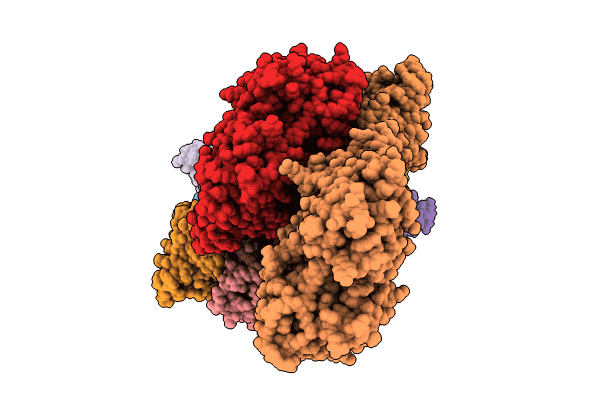
Deposition Date
2023-01-03
Release Date
2024-01-17
Last Version Date
2024-01-17
Entry Detail
Biological Source:
Source Organism:
Salmonella (Taxon ID: 590)
Gallus gallus (Taxon ID: 9031)
Gallus gallus (Taxon ID: 9031)
Host Organism:
Method Details:
Experimental Method:
Resolution:
2.60 Å
Aggregation State:
FILAMENT
Reconstruction Method:
HELICAL


